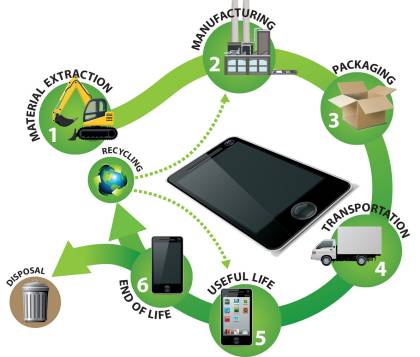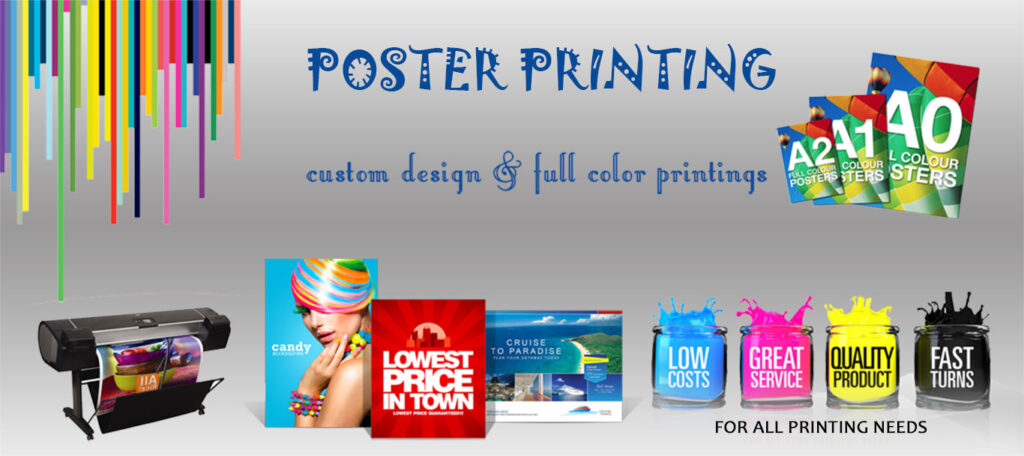
In the intricate tapestry of human emotions, the need for psychological counseling has become increasingly evident. Whether navigating the challenges of daily life, coping with trauma, or seeking personal growth, individuals often turn to psychological counseling as a supportive and transformative resource. In this comprehensive guide, we will explore the fundamental aspects of psychological counseling, addressing the what, how, and why behind this crucial field.
What is Psychological Counseling?
Psychological counseling, commonly known as therapy or counseling, is a collaborative process between a trained mental health professional and an individual seeking support. The primary goal is to facilitate positive change, enhance well-being, and foster personal development. Through open and confidential conversations, individuals can explore their thoughts, feelings, and behaviors in a safe and non-judgmental environment.
How Does Psychological Counseling Work?
The process of psychological counseling involves various therapeutic approaches tailored to meet the unique needs of each individual. Therapists may employ techniques such as cognitive-behavioral therapy, psychoanalysis, or humanistic therapy, depending on the specific issues at hand. Sessions typically revolve around open dialogue, self-reflection, and the development of coping strategies to address challenges and promote emotional resilience.
How to Choose the Right Counselor:
Selecting the right counselor is a crucial step in the therapeutic journey. Consider factors such as the therapist’s specialization, credentials, and interpersonal style. It’s essential to establish a strong rapport with your counselor, ensuring a comfortable and trusting therapeutic alliance. Additionally, seeking recommendations from trusted sources or researching online reviews can provide valuable insights into a counselor’s effectiveness.
How Can Psychological Counseling Benefit You?
The benefits of psychological counseling are multifaceted. Beyond addressing specific mental health concerns, counseling can enhance self-awareness, improve communication skills, and foster a deeper understanding of one’s emotions and behaviors 心理治療師. Individuals often experience increased resilience, improved relationships, and a greater sense of overall well-being as a result of engaging in therapeutic processes.
What Are Common Issues Addressed in Counseling?
Psychological counseling addresses a wide range of concerns, including but not limited to:
Anxiety and stress managementDepression and mood disordersRelationship and family issuesTrauma and PTSDGrief and lossSelf-esteem and self-worthCareer and academic challengesHow Do You Start the Counseling Journey?
Embarking on the counseling journey can be a transformative step towards positive change. To start, consider the following steps:
Acknowledge the need for support: Recognize that seeking help is a sign of strength, not weakness.
Research potential counselors:
Take the time to find a counselor whose expertise aligns with your specific concerns.
Schedule an initial consultation:
Reach out to potential counselors for an introductory session to assess compatibility and discuss your goals.Commit to the process: Building a therapeutic relationship takes time and commitment. Be open to self-exploration and trust the process.
Conclusion:
Psychological counseling is a valuable resource for individuals navigating the complexities of the human mind. By understanding the what, how, and why of this transformative process, individuals can make informed decisions about seeking support and embarking on a journey towards enhanced well-being. Remember, the path to personal growth and emotional resilience begins with a single step—the decision to prioritize your mental health.







